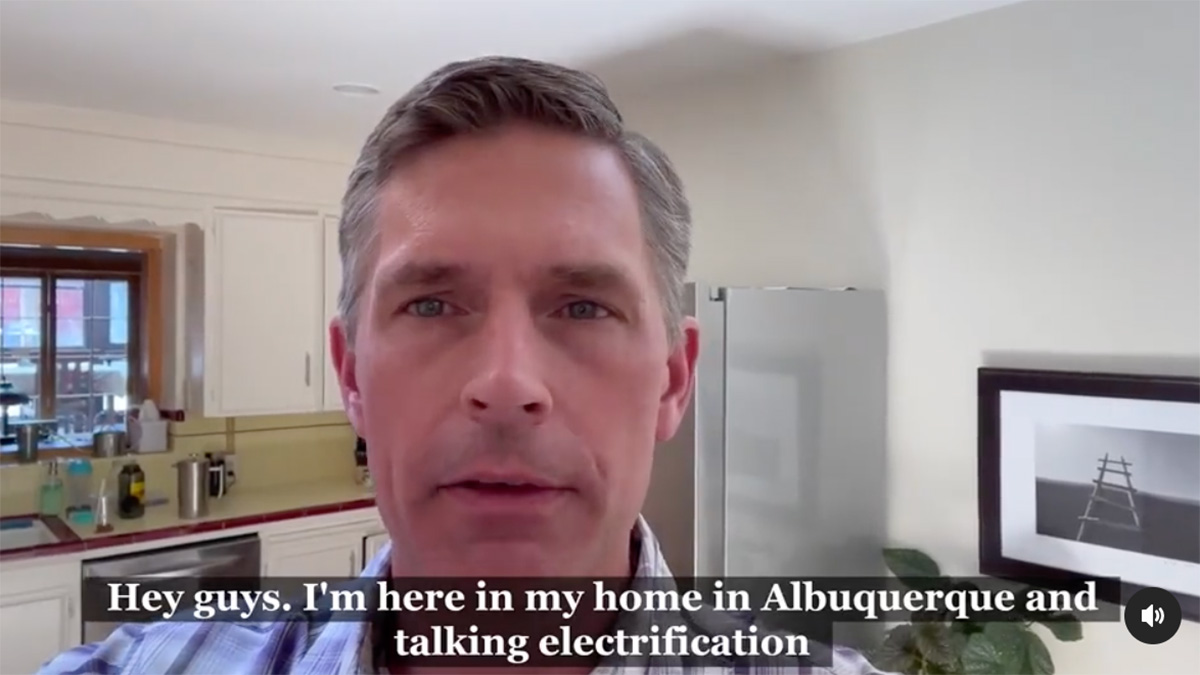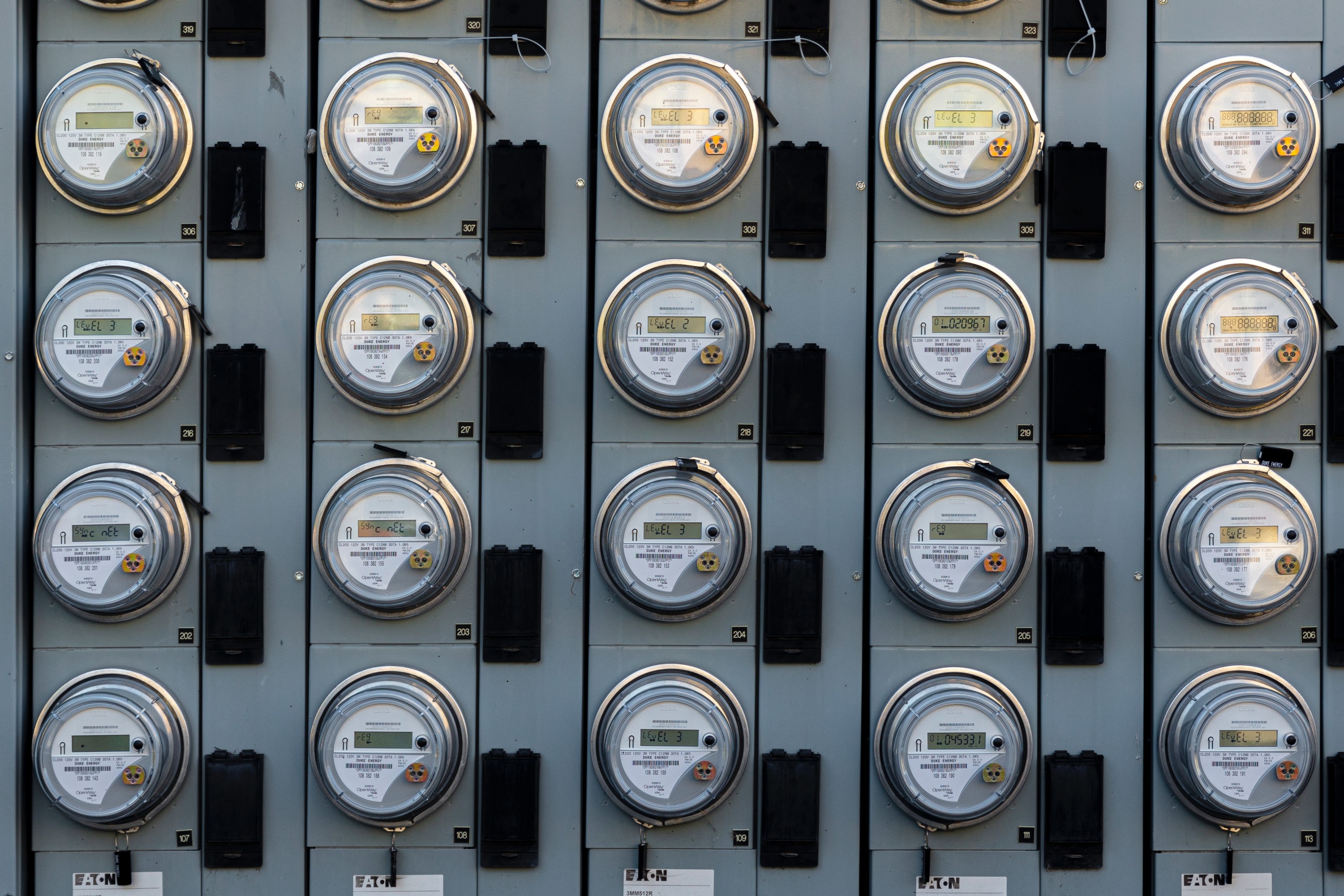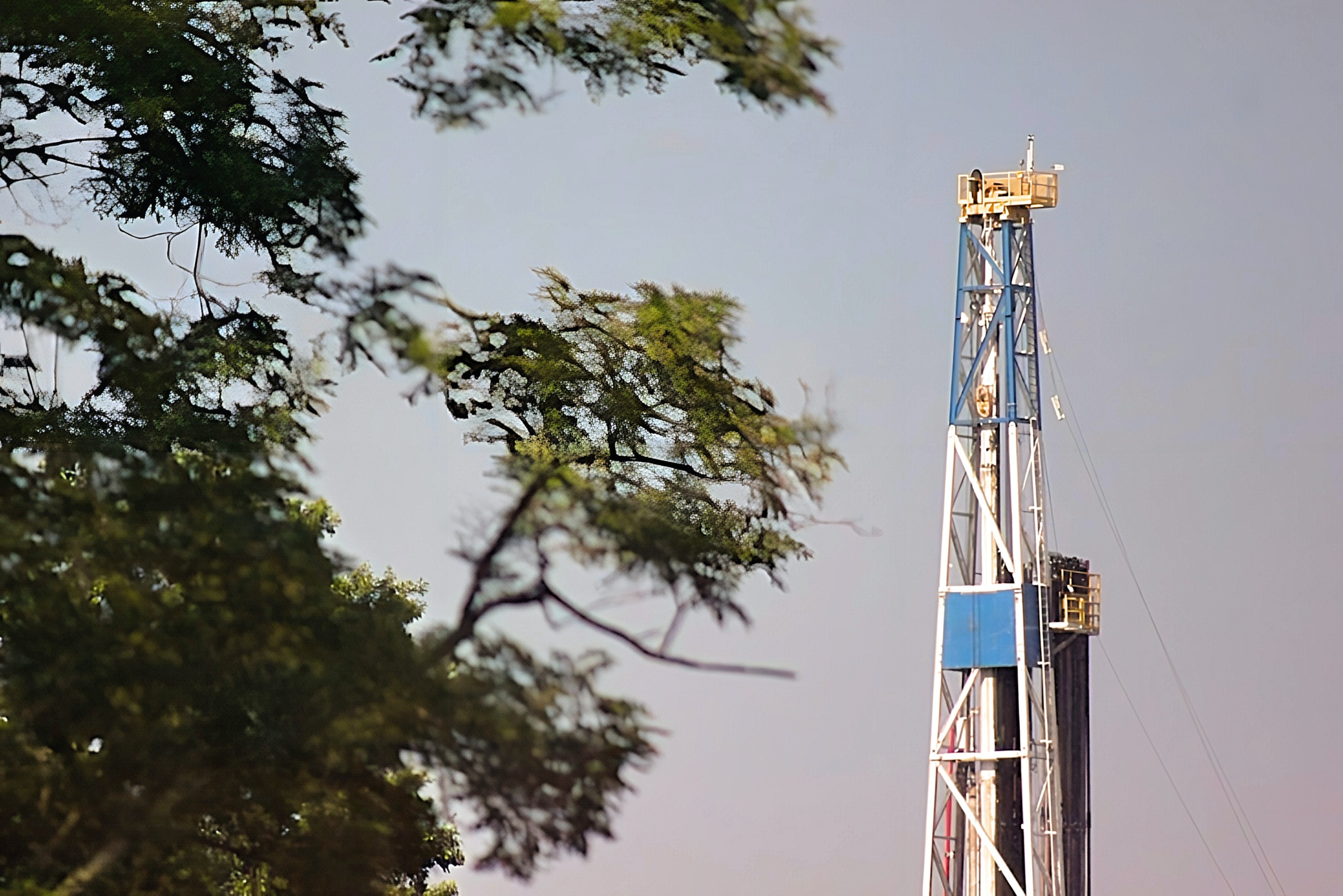
The Costs of Fracking
The Costs of Fracking report documents a wide range of dollars and cents costs imposed by dirty drilling. The report makes clear that fracking creates millions of dollars of health costs related to everything from air pollution to ruined roads to contaminated property.
Downloads
Environment America Research and Policy Center
Over the past decade, the oil and gas industry has fused two technologies – hydraulic fracturing and horizontal drilling – to unlock new supplies of fossil fuels in underground rock formations across the United States. “Fracking” has spread rapidly, leaving a trail of contaminated water, polluted air, and marred landscapes in its wake. In fact, a growing body of data indicates that fracking is an environmental and public health disaster in the making.
However, the true toll of fracking does not end there. Fracking’s negative impacts on our environment and health come with heavy “dollars and cents” costs as well. In this report, we document those costs – ranging from cleaning up contaminated water to repairing ruined roads and beyond. Many of these costs are likely to be borne by the public, rather than the oil and gas industry. And as with the damage done by previous extractive booms, the public may experience these costs for decades to come.
The case against fracking is compelling based on its damage to the environment and our health alone. To the extent that fracking does take place, the least the public can expect is for the oil and gas industry to be held accountable for the damage it causes. Such accountability must include up-front financial assurances sufficient to ensure that the harms caused by fracking are fully redressed.
Fracking damages the environment, threatens public health, and affects communities in ways that can impose a multitude of costs:
Drinking water contamination – Fracking brings with it the potential for spills, blowouts and well failures that contaminate groundwater supplies.
- Cleanup of drinking water contamination is so expensive that it is rarely even attempted. In Dimock, Pennsylvania, Cabot Oil & Gas reported having spent $109,000 on systems to remove methane from well water for 14 local households, while in Colorado, cleanup of an underground gas seep has been ongoing for eight years at a cost of hundreds of thousands of dollars, if not more.
- The provision of temporary replacement water supplies is also expensive. Cabot Oil & Gas reported having spent at least $193,000 on replacement water for homes with contaminated water in Dimock, Pennsylvania.
- Fracking can also pollute drinking water sources for major municipal systems, increasing water treatment costs. If fracking were to degrade the New York City watershed with sediment or other pollution, construction of a filtration plant would cost approximately $6 billion.
Health problems – Toxic substances in fracking fluid and wastewater – as well as air pollution from trucks, equipment and the wells themselves – have been linked to a variety of negative health effects.
- The National Institute of Occupational Safety and Health recently warned that workers may be at elevated risk of contracting the lung disease silicosis from inhalation of silica dust at fracking sites. Silicosis is one of a family of dust-induced occupational ailments that imposed $50 million medical care costs in the United States in 2007.
- Residents living near fracking sites have long suffered from a range of health problems, including headaches, eye irritation, respiratory problems and nausea – potentially imposing economic costs ranging from health care costs to workplace absenteeism and reduced productivity.
- Fracking and associated activities also produce pollution that contributes to the formation of ozone smog and particulate soot. Air pollution from gas drilling in Arkansas’ Fayetteville Shale region imposed estimated public health costs of more than $10 million in 2008.
Natural resources impacts – Fracking converts rural and natural areas into industrial zones, replacing forest and farm land with well pads, roads, pipelines and other infrastructure, and damaging precious natural resources.
- The clearance of forest land in Pennsylvania for fracking is projected to lead to increased delivery of nutrient pollution to the Chesapeake Bay, which already suffers from a vast nutrient-generated dead zone. The cost of reducing the same amount of pollution as could be generated by fracking would be approximately $1.5 million to $4 million per year.
- Gas operations in Wyoming have fragmented key habitat for mule deer and pronghorn, which are important draws for the state’s $340 million hunting and wildlife watching industries. The mule deer population in one area undergoing extensive gas extraction dropped by 56 percent between 2001 and 2010.
- Fracking also produces methane pollution that contributes to global warming. Emissions of methane during well completion from each uncontrolled fracking well impose approximately $130,000 in social costs related to global warming.
Impacts on public infrastructure and services – Fracking strains infrastructure and public services and imposes cleanup costs that can fall on taxpayers.
- The truck traffic needed to deliver water to a single fracking well causes as much damage to local roads as nearly 3.5 million car trips. The state of Texas has approved $40 million in funding for road repairs in the Barnett Shale region, while Pennsylvania estimated in 2010 that $265 million would be needed to repair damaged roads in the Marcellus Shale region.
- The need for vast amounts of water for fracking is driving demand for new water infrastructure in arid regions of the country. Texas’ official State Water Plan calls for the expenditure of $400 million on projects to support the mining sector over the next 50 years, with fracking projected to account for 42 percent of mining water use by 2020.
- The oil and gas industry has left thousands of orphaned wells from previous fossil fuel booms. Taxpayers may wind up on the hook for the considerable expense of plugging and reclaiming orphaned wells – Cabot Oil & Gas claims to have spent $730,000 per well to cap three shale gas wells in Pennsylvania.
- Fracking brings with it increased demands for public services. A 2011 survey of eight Pennsylvania counties found that 911 calls had increased in seven of them, with the number of calls increasing in one county by 49 percent over three years.
Broader economic impacts – Fracking can undercut the long-term economic prospects of areas where it takes place. A 2008 study found that Western counties that have relied on fossil fuel extraction are doing worse economically compared with peer communities and are less well-prepared for growth in the future.
- Fracking can affect the value of nearby homes. A 2010 study in Texas concluded that houses valued at more than $250,000 and within 1,000 feet of a well site saw their values decrease by 3 to 14 percent.
- Fracking has several negative impacts on farms, including the loss of livestock due to exposure to spills of fracking wastewater, increased difficulty in obtaining water supplies for farming, and potential conflicts with organic agriculture. In Pennsylvania, the five counties with the heaviest Marcellus Shale drilling activity saw an 18.5 percent reduction in milk production between 2007 and 2010.
As with previous fossil fuel booms that left long-term impacts on the environment, there is every reason to believe that the public will be stuck with the bill for many of the impacts of fracking.
- Existing legal rules are inadequate to protect the public from the costs imposed by fracking. Current bonding requirements fail to assure that sufficient funds will be available for the proper closure and reclamation of well sites, and do nothing at all to ensure that money is available to fix other environmental problems or compensate victims. Further, weak bonding requirements fail to provide an adequate incentive for drillers to take steps to prevent pollution before it occurs.
- Current law also does little to protect against impacts that emerge over a long period of time, have diffuse impacts over a wide area, or affect health in ways that are difficult to prove with the high standard of certainty required in legal proceedings.
The environmental, health and community impacts of fracking are severe and unacceptable. Yet the dirty drilling practice continues at thousands of sites across the nation. Wherever fracking does occur, local, state and federal governments should at least:
- Comprehensively restrict and regulate fracking to reduce its environmental, health and community impacts as much as possible.
- Ensure up-front financial accountability by requiring oil and gas companies to post dramatically higher bonds that reflect the true costs of fracking.
Topics
Find Out More


Clean cooking tips from Sen. Heinrich

How to get more from state energy efficiency programs


